Common Agricutlural Policy should make young farmers a priority
Adelina Marini, July 30, 2010
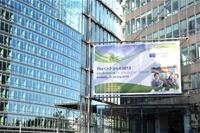 Young people should be a main priority of the Common Agricultural Policy (CAP) after 2013 because statistical data show some worrying trends. This was one of the main messages of the conference on the future of the CAP after 2013 which was held in Brussels on July 19. The conference was attended by representatives of civil society, various farmers' organisations, world forums and scientists. Host of the event was the European Commissioner for Agriculture Dacian Ciolos.
Young people should be a main priority of the Common Agricultural Policy (CAP) after 2013 because statistical data show some worrying trends. This was one of the main messages of the conference on the future of the CAP after 2013 which was held in Brussels on July 19. The conference was attended by representatives of civil society, various farmers' organisations, world forums and scientists. Host of the event was the European Commissioner for Agriculture Dacian Ciolos.
It is expected 4.5 mn farmers to retire in 10 years which required immediate actions, Joris Baecke called - a young farmer from southwest Holland who is also a chairman of the Dutch Organisation of Young Farmers. Of totally 13 mn farmers in the entire European Union, only 7 per cent are aged bellow 35 years. This is why it is necessary this sector to become attractive for them, because currently the main obstacles are difficult access to land and to credit. The main problem with provision of land is that there are people who are attached to their land but do not till it. And in some countries there is no motivation for landowners to lend their land.
Another serious problem for young farmers is also the fact that they are forced to leave rural areas because of the lack of public services like public transport, infrastructure and others. According to Francesco Mantino, Director of Research with the Italian National Institute for Agricultural Economics, it is for these reasons that a pure stimulation of farmers' incomes is not enough. It is necessary attention to be paid to public services provision in rural areas. He added another problem which had to be solved in the next programming period (2013-2020) - the duplication of CAP's two pillars (direct payments and the programme for development of rural areas). His proposal is direct payments in the first pillar to be regionalised.
Aurelie Trouve, Lecturer in Economics, said that currently CAP stimulated regions with high concentration of capital and resources and, on the other hand, the Programme for Development of Rural Areas was with a very small budget. An important fact is that there are countries where the standard of living is too low which is dumping prices. Aside from her, there were other calls for regulation of market prices in the EU.
Against the backdrop of the calls for more stimuli and spending for European 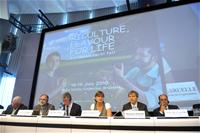 farming, there was criticism that the European agricultural policy was inefficient. More transparency is needed in public money spending by instead passing on to a system of targeted aid.
farming, there was criticism that the European agricultural policy was inefficient. More transparency is needed in public money spending by instead passing on to a system of targeted aid.
Quite naturally the issue of environment protection was at the centre of the conference. There were calls for the creation of a third pillar of CAP to deal entirely with environment protection, greenhouse gas emissions and development of mountainous areas. According to Francesco Mantino, however, there was no need of a third pillar. Ariel Brunner from the environmental non-government organisation BirdLife International, said there was the opinion that agriculture in the EU had reduced its greenhouse gasses. This opinion is based on a statistics which does not register the fact that this reduction is due to the collapse of production in new EU Member States.
Separately, this statistics does not include the production of fertilizers for agriculture. Instead the data of this production are put on the account of industrial emissions which creates a wrong perspective of agriculture's contribution to climate change. Another participant in the conference announced that currently agriculture contributes for between 30% and 40% of EU's greenhouse gas emissions. It was wrong to calculate emissions only on EU's territory, the participant said, because some 30 mn hectares arable land were practically outside the European Community but were used to serve European consumers.
The European agricultural policy was discussed in the global context as well. CAP can contribute a lot to eradication of hunger globally, where currently 1.2 bn people have no access to food. In this regard it has been underlined that this is not about food shortage in general but about uneven distribution. There are regions which produce specific crops in surpluses but have shortages of everyday food. For example the regions, producing coffee or cocoa. It is these surpluses that caused a severe drop of prices in world markets, thus further impoverishing their producers.
Kostas Stamoulis, Director Agricultural Development Economics Division with the Food and Agriculture Organisation, quoted data, saying that since 1996 hunger is constantly increasing no matter the fact that this period is marked by significant economic growth (excluding the current crisis). A serious challenge is also the fact that in 2050 almost 9 bn people will have to be fed, meaning that 70 per cent more food will have to be produced. The biggest problem of this forecast is that there is no possibility for significant increase of arable land of more than 5% and also the water resources shortages. In other words, Mr Stamoulis concluded, productivity was the key to meet agricultural needs and to achieve poverty reduction.
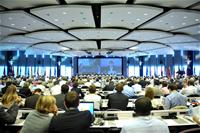 In the context of productivity Marc Dufumier, Professor of Agricultural Systems, AgroParisTech (France), presented the following data: currently in Senegal one worker cultivates 0.5 hectares of land, while in France one worker is dealing with 100 hectares. In Senegal productivity is 1.1 metric tonnes per hectares while in France it is 5 metric tonnes.
In the context of productivity Marc Dufumier, Professor of Agricultural Systems, AgroParisTech (France), presented the following data: currently in Senegal one worker cultivates 0.5 hectares of land, while in France one worker is dealing with 100 hectares. In Senegal productivity is 1.1 metric tonnes per hectares while in France it is 5 metric tonnes.
Although it did not raise any discussion, the issue of not allowing genetically modified organisms in European agriculture was mentioned. There was also a call post-2013-CAP to pay more attention to bio-producers because their expenditure is bigger.
In the end of the first panel Commissioner Ciolos was criticised for not taking part in the discussion, although he attended it all the time. In response Mr Ciolos explained that the purpose of the conference was for the European Commission to hear as many positions as possible both at the discussion and the public debate, in order to be summarised and the Commission to present a Communication about the development of CAP in the next financial period.
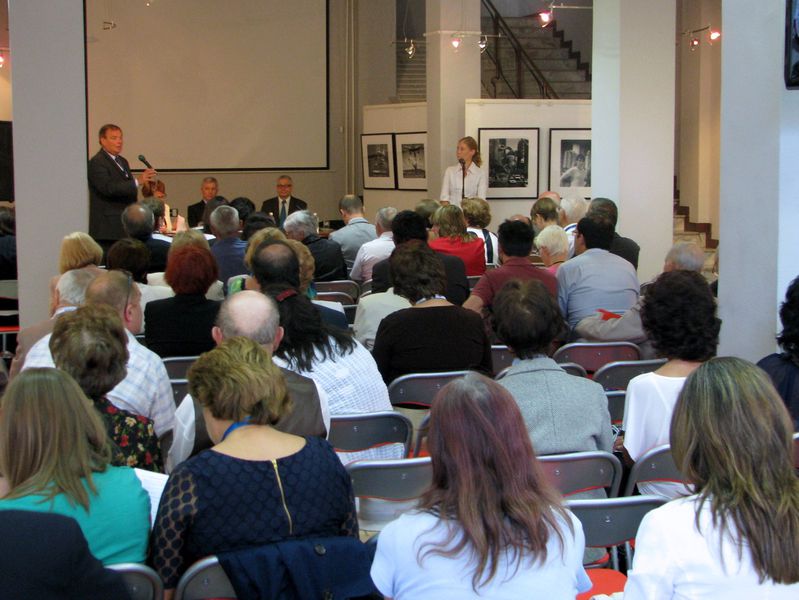 | © Polish Embassy in Sofia
| © Polish Embassy in Sofia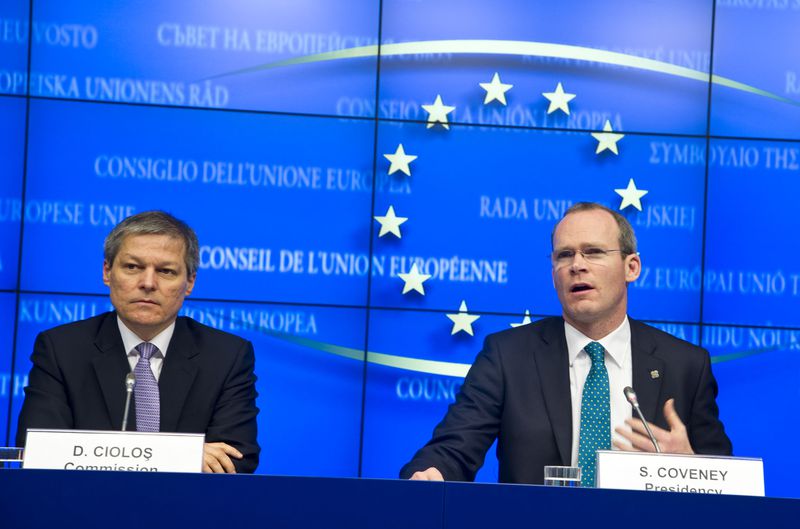 | © Council of the EU
| © Council of the EU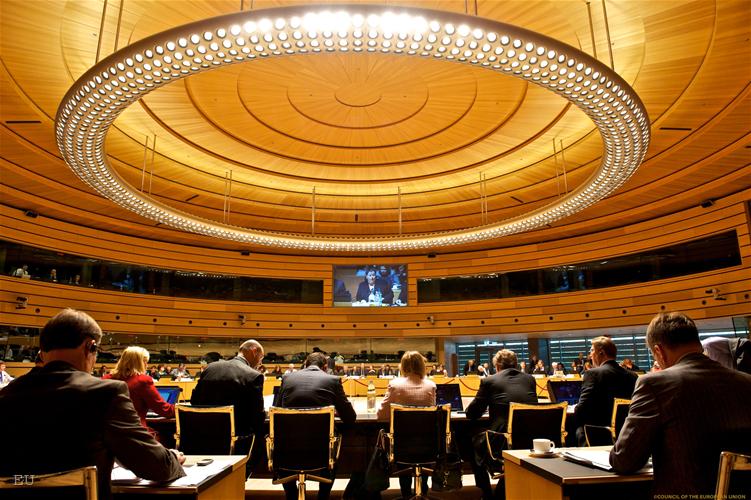 | © EU
| © EU